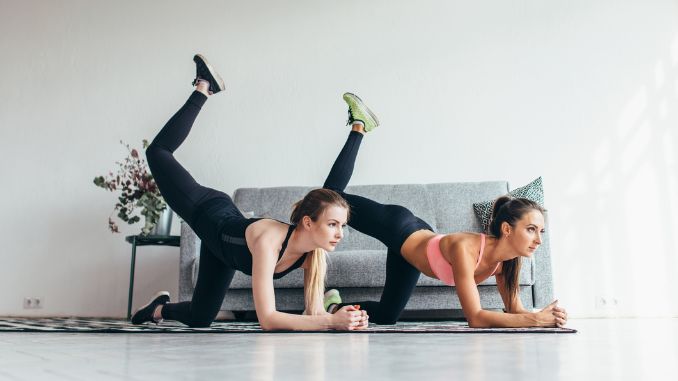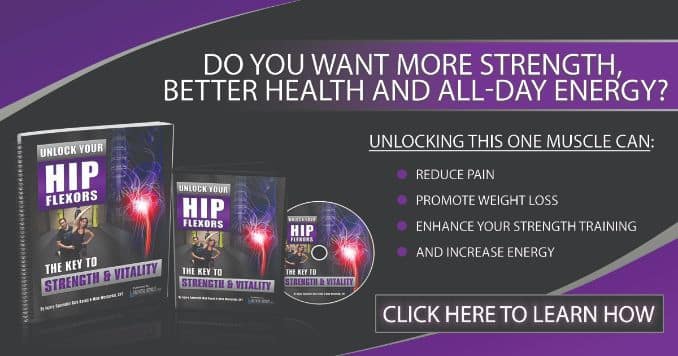Why Strong External Rotators Could Save Your Knees?
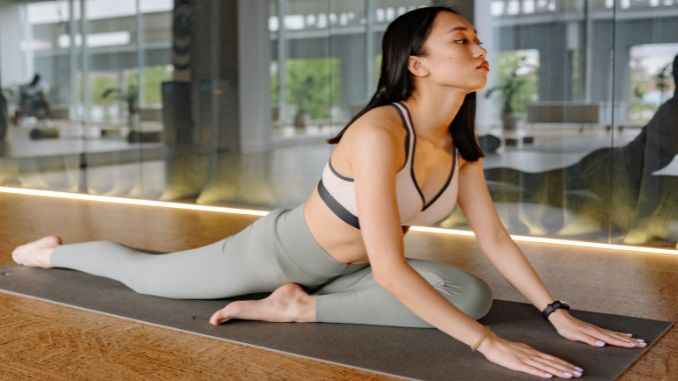
Did you know your hips turning outward—called external rotation—affects how you walk, run, or even get into a car? Weak hips force your knees and back to pick up the slack, leading to pain or injury.
Strengthening your hip rotators not only boosts balance and athletic power but also helps prevent serious issues like ACL tears. Unlock your hidden hip strength now—it’s a simple fix that can change everything from posture to performance.
Stronger hip [1] external rotator muscles are linked to improved control of lower body movement during dynamic tasks.
Key Muscles Involved in Hip External Rotation
- Piriformis – Deep butt muscle that rotates and stabilizes the hip.
- Gemellus (Sup. & Inf.) – Small muscles that also assist with outward leg rotation.
- Obturator (Int. & Ext.) – Help rotate and stabilize the hip joint.
- Quadratus Femoris – Short, strong muscle for thigh rotation.
- Glutes (Max, Med & Min Posterior Fibers) – Main butt muscles for power, balance, and rotation.
- Psoas (Major & Minor) – Support hip flexion and posture.
- Sartorius – Long muscle that helps cross the legs and rotate the hip.
Symptoms & Challenges of an Externally Rotated Hip
Dr. Chris Powers, PT, PhD (USC Professor) says:
“Weak hip external rotators—like the glutes—can cause poor leg control and raise ACL injury risk. Strengthening them improves alignment, movement, and injury prevention.”
- Limited Movement – Hard to rotate your leg inward or cross your legs.
- Pain – Discomfort in the hips, lower back, or knees from poor alignment.
- Movement Issues – Trouble with walking, squatting, or sports.
- Muscle Imbalance – Some muscles get too tight, others too weak.
- Bad Posture – Hips may tilt, causing uneven weight and body strain.
Hip External Rotation Exercises
1. Clamshells
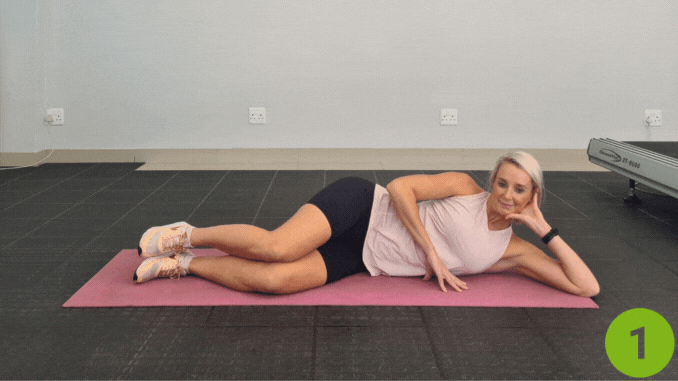
- Lie on your side. Bend your knees to about 90-degree, keeping your feet stacked and in line with your hips and shoulders.
- Then, lift your top knee towards the ceiling while keeping your feet together. Lower your leg and repeat 10 times.
- You may use resistance bands to add more resistance.
- Moreover, this exercises the muscles of the hip, particularly the gluteus medius.
Modified clamshells [2] help keep the glute muscles working while putting less stress on the front of your hips. They’re a better choice for people with weak hip muscles or hip pain.
2. Fire Hydrants
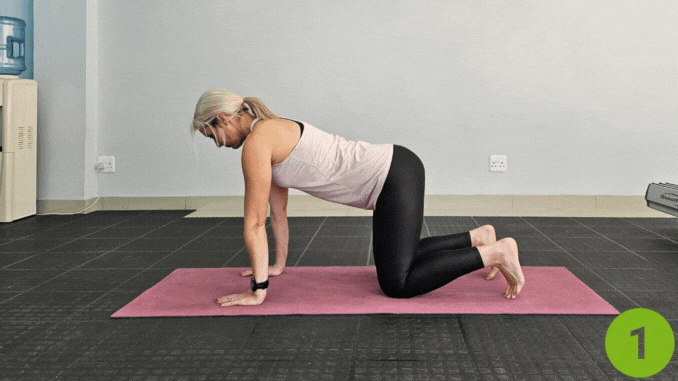
- The Fire hydrant exercise is amazing for toning those hard-to-reach hip abductors and the glute muscles.
- Using a strong, engaged frame in the 4-point position, lift one leg out to the side around 30-45 degrees or higher.
- Then, keep you back flat and avoid arching or twisting.
- Hold this position briefly before lowering your leg to the starting position.
- Moreover, repeat the movement.
3. Pigeon Pose
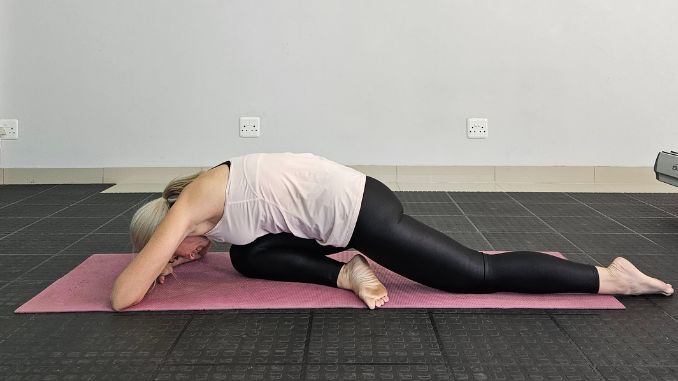
- Begin in a four-point position.
- Move into a straight arm plank position, maintaining proper alignment with your head, shoulders, hips, and legs.
- Then, lift one knee toward your shoulder and position your foot across your body.
- Lower your body into your leg and stretch your hip area, resting your forehead on your arms.
- Hold this position for about 10 seconds.
- Moreover, take a couple of deep belly breaths through your nose and out through your mouth.
- Repeat the movement with the opposite leg.
Start off with one set of 1 repetition on each side, holding for 10 seconds. The intensity of this pose is light.
4. Figure-Four Stretch
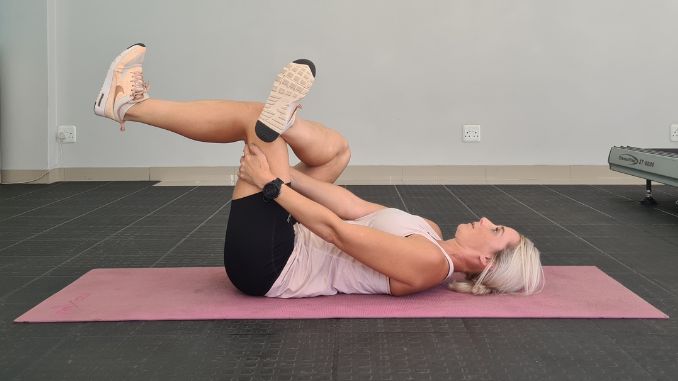
- Lie on your back with your knees bent and your feet flat on the floor.
- Then, cross one ankle over the opposite knee and raise both legs, holding your lower leg with both hands.
- Pull your knee closer to your chest to intensify the stretch.
- Hold this position for 10 seconds.
- Take a couple of deep belly breaths in through your nose and out through your mouth.
- Moreover, relax return to the starting position, and repeat the movement on the opposite side.
5. Hip Circles

- Stand straight with your feet wider than shoulder-width apart.
- Then, bend the knees slightly and place your hands on the hips.
- Slowly rotate your hips, making big circles.
- Moreover, complete a set in one direction and then switch to the opposite direction.
6. Squats
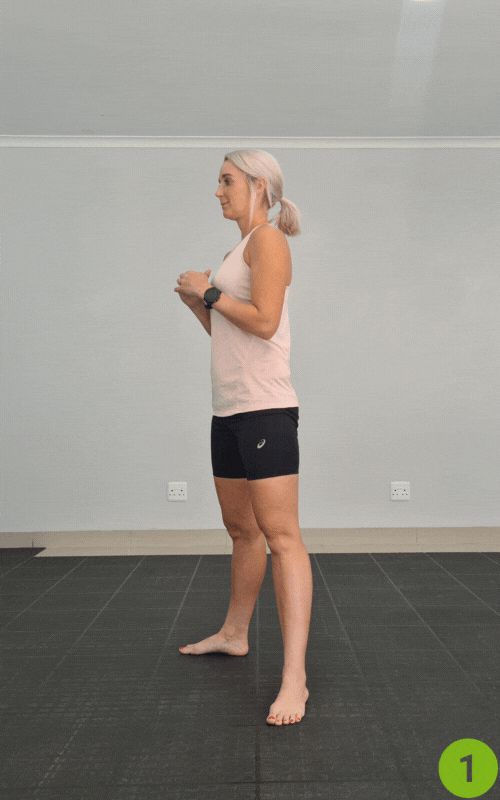
- Begin in an upright standing position with your feet slightly wider than shoulder-width apart, maintaining good alignment with your head, shoulders, and hips.
- Clasp your hands together in front of your body at chest height and tighten your abdominal muscles.
- Then, bend your knees and hinge through your hips to lower your buttocks into a squat position.
- Keep your knees behind your toes. Raise back to an upright standing position, squeezing your glutes at the top.
- Moreover, repeat the movement. Start with 1 set of 10 repetitions.
Benefits of Unlocking Hip External Rotation
- More Flexibility – Move your hips more freely and comfortably.
- Better Performance – Improve strength, balance, and agility in sports and daily tasks.
- Less Pain – Ease tension in the hips, back, and knees.
- Improved Posture – Additionally, align your body better and reduce stress on joints.
- Less Knee Stress – Strong hips reduce pressure on your knees [3] when you land, squat, or jump.
- Lower Injury Risk – Helps prevent ACL tears and other injuries during fast or awkward movements.
- Better Shock Absorption – Reduces impact on your joints during landings or high-impact exercises.
- More Control – Boosts balance and stability in one-leg moves, pivots, or quick direction changes.
Conclusion
Strong hip external rotators improve balance, reduce pain, and protect your knees and back. Daily moves like clamshells and fire hydrants boost flexibility and support both external and internal hip rotation. This helps you move better, sit taller, and avoid injury. Furthermore, whether you’re walking, squatting, or just standing up, these simple exercises can make a big difference in your posture, strength, and everyday comfort. Start now—your hips will thank you.
Strengthen your hips and protect your knees with these simple daily moves. Start today and feel the difference. Check out our Advanced Unlock Your Hip Flexors program for even faster results!
FAQ’s
What is the hip external rotation movement?
Hip external rotation is when the thigh bone turns outward, away from the body’s midline. Moreover, it’s controlled by external hip muscles and is important for hip mobility, balance, and injury prevention. If you have weak hip external rotators, it can cause hip pain and affect your hip function. Improving hip external rotation movements helps increase range of motion.
What is an example of an external rotation movement?
A simple example of external hip rotation is when you’re sitting and rotate your left leg so your knee moves outward and foot moves inward. This movement uses hip muscles, especially external hip muscles. Additionally, it supports hip function, reduces hip pain, and strengthens hip flexor muscles. Moreover, practicing it can improve hip external rotation movements, increase hip external rotator flexibility, and protect your right leg and left knee from strain.
What are the six external rotators of the hip?
The six key external hip muscles include the piriformis, obturator internus, obturator externus, gemellus superior, gemellus inferior, and quadratus femoris. Moreover, these control external hip rotation and stabilize the thigh bone. If these hip muscles are weak, they can limit your hip external rotation mobility, affect hip function, and cause hip pain. Additionally, strengthening them improves hip mobility, protects the left leg, and supports proper motion of the left knee and right leg.
What plane of motion is hip external rotation?
Hip external rotation happens in the transverse plane, which involves twisting movements. In this motion, the thigh bone rotates outward, like turning your left leg while keeping your knee lifted. This uses both external hip muscles and hip flexor muscles. Additionally, to improve hip external rotation movements, work on hip mobility and range of motion. Weakness here affects hip function, hip external rotator flexibility, and may lead to hip pain or left knee issues.

